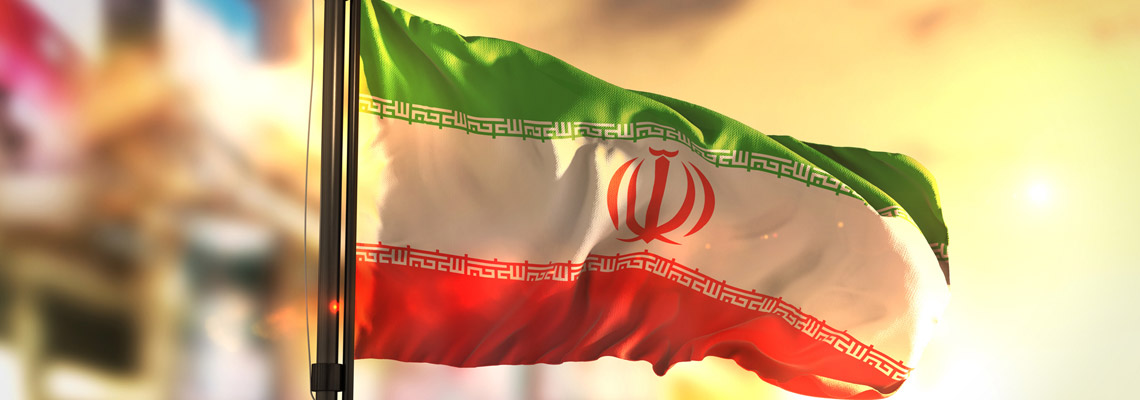Iran also referred to as the Islamic Republic of Iran, is an Islam country. In Iran, the head of state, national assembly, the supreme leader, and the judicial system share authority. According to the constitution of the Islamic Republic of Iran, their powers are purely set aside for utilization by the national government. The leadership structure of Iran is a hybrid of two distinct elements. These are democracy and theocracy. The framework used borrows some attributes from democracy and also implements others from theocracy.
In the democratic structure, citizens of Iran are allowed to influence their legislation. As such, they have the right to select their political representatives. This is typically done through elections, that take place within a specified period, unless otherwise. On the other end, the theocracy structure assumes a different approach to leadership. In this case, leadership is believed to emanate from divine counsel. Alternatively, the government is by dignitaries who are considered to be divinely enlightened.
The most authoritative figure in Iran is the supreme leader. The supreme leader is more powerful than the president, who is regarded as the head of state. The leadership structure in Iran is both composite and very unique. It is not the typical government structure that you will find in other countries. The system also comprises unelected organizations that play a critical role in the leadership of the country. Also, there is an institution known as the “National Council of Resistance of Iran”, which is Iran's opposition and has an influence on Iran’s leadership.
The Supreme Leader
There was an Islamic revolt in the late 1970s and this is when the supreme leader position was established. Since then, there have only been 2 serving supreme leaders. The current supreme leader is Ayatollah Ali Khamenei, who has been serving since the late 1980s. He took over the position of Ayatollah Ruhollah Khomeini. Ruhollah initiated the republic. Upon the demise of Ruhollah in 1989, Ali immediately took overpower. Ali is in charge of the security services of Iran and is also the commander-in-chief of the armed forces. He also must commission the figurehead of the judiciary. On top of this, he runs humanitarian endowments that have a substantial influence on the wealth of Iran.
The President
In the hierarchy of command, the president is the second-highest in rank. The appointment of the president is through the casting of votes through the conventional ballot system. All the same, even after the direct vote, the elected leader must be sanctioned by the Guardian Council. In Iran, the president is allowed to serve up to a limit of two successive terms. Each term lasts 4 years. The current president of Iran is Ebrahim Raisi.
He was elected in August 2021 and is therefore serving his first presidential term. Holding other factors constant, Ebrahim consequently has the chance to renew his term, once the current one lapses in 2025. His predecessor, Hassan Rouhani served as president for 8 years, in a row, beginning his tenure in 2013. Ebrahim leads the executive arm of authority and is also accountable to ascertain that the constitution is executed and adhered to.
For both local and foreign affairs, the president has notable domination. Subject to approval, the president is tasked with the designation of ministers to serve in the cabinet. Even so, in all the issues about the country, the supreme leader has the final say. This implies that even though the president approves of a policy, the supreme leader can reject or make an adjustment.
The Parliament
The parliament of Iran is constituted of 290 members, whose designation is by vote. The members have a term of 4 years. The parliament is responsible for establishing laws. The parliament also has the authority to demand the presence and indict not just the ministers, but also the president. They also have the power to dismiss the yearly budget. However, before being made official, these laws must be reviewed and accepted by the Guardian Council.
Opposition in Iran
The National Council of Resistance of Iran is the opposition in Iran. You can follow this link to learn more about the council and the leader, Maryam Rajavi. This council is an Iranian governmental establishment, grounded in Albania and France. It is a coalition that is made up of several opposition establishments and highly acclaimed individuals. The Iran opposition leader, Maryam Rajavi, has been in power since 1993.
The objective of launching the council was to amalgamate all groups that were against the government of Iran. One of the main goals of the Iran opposition is to advocate for religious freedom, human rights as well as the just treatment of individuals deemed as vulnerable members of society.
There are more parties with a significant effect on the leadership of Iran. However, those listed above are the main participants and are regarded as Iran’s leaders.
